Is It Time for Screwcaps on Fine Wine?
Screwcaps for fine wine are making a comeback. Do these cheap and cheerful closures have what it takes for the long run?
One of the best places to start a study of German-speaking wines isn’t Germany: it’s Austria.
Why? Because Austria’s compact size makes it easy to get a handle on geography (ski in the west, grow wine in the east, as the Austrians themselves say) and varieties (come for the Grüner Veltliner, stay for the Blaufränkisch). Although Austria’s wine history runs deep, tradition and a flair for elegance rub shoulders with dynamic experimentation and impressive stylistic diversity.
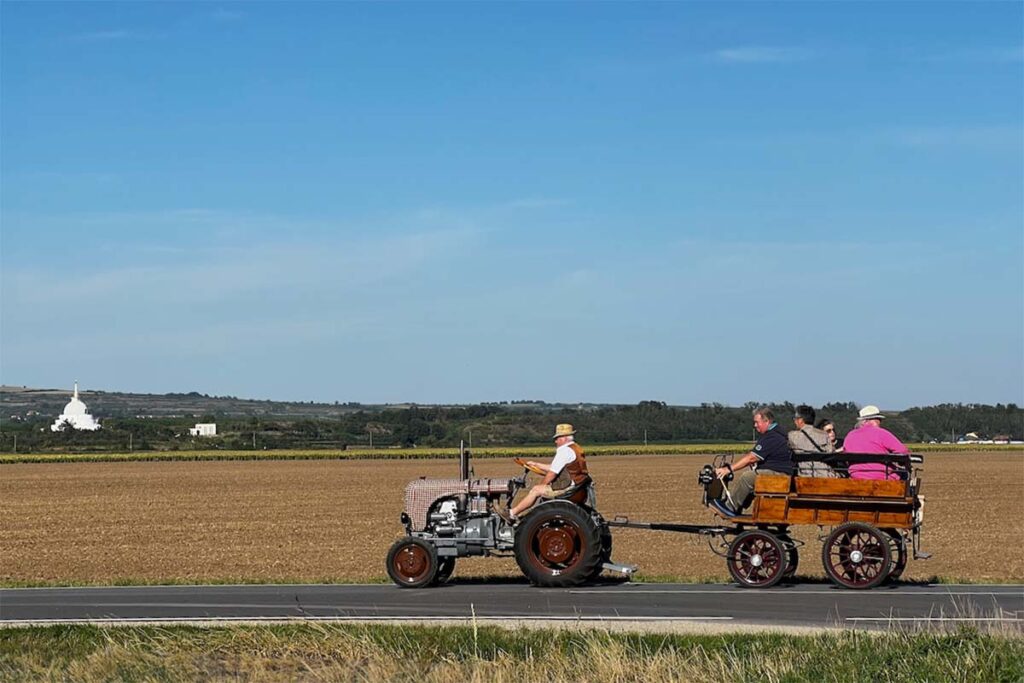
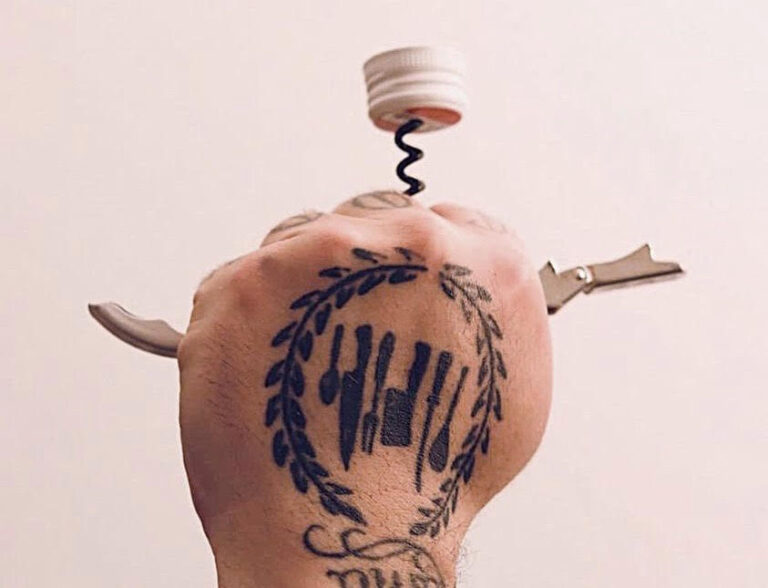
Screwcaps for fine wine are making a comeback. Do these cheap and cheerful closures have what it takes for the long run?
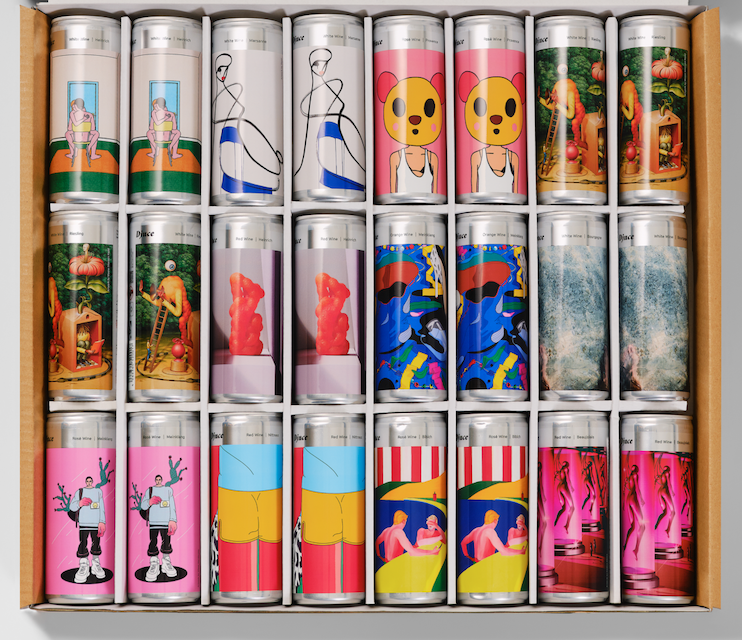
Djuce first entered my periphery late last year at the New York City iteration of Karakterre’s natural wine fair. Amid a cheerful invasion of producers from what has winningly been dubbed “the Austro-Hipsterian Empire,” I narrowed my focus to taste at some touchstones of Austrian natural wine — Judith Beck, Zillinger, Heinrich, Meinklang, Nittnaus, Weninger. Hurrying between offerings of electric-amped Grüner Veltliner and ethereal Blaufränkisch, I brushed by a small table stacked with slim, colorful cans and a paper sign that read “Djuce.” I paused just long enough to register an internal eye roll at what I assumed was the bro-culture spelling and reflexive ecoism of yet…...
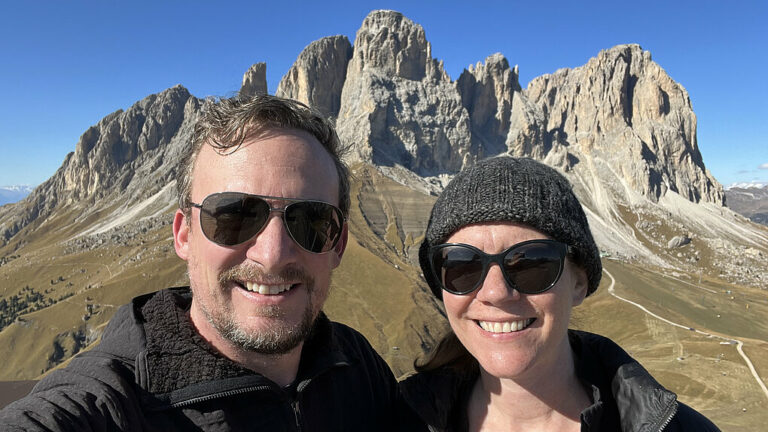
Archetype, a Portland, Oregon-based import start-up, is focused on Alpine wines. They are refining consumer's understanding of the category and building community near and far.
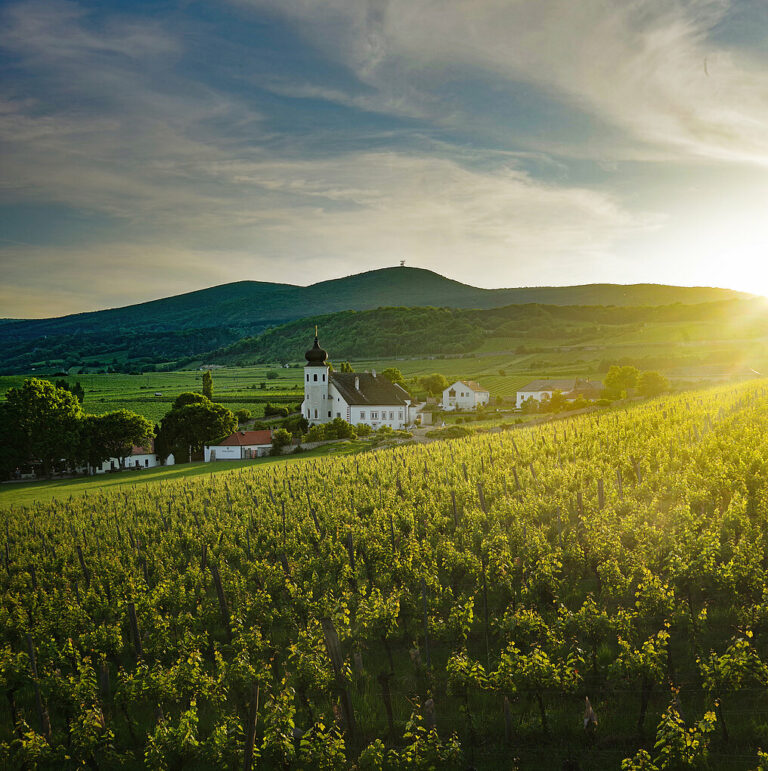
To mark a recent milestone anniversary, Austria’s association of traditional wine estates (ÖTW) invited into its fold a region that is in many regards the epitome of Herkunft, or origins. The Thermenregion, often held up as Austria’s Burgundy, brings a suitably deep and glorious wine tradition. The ÖTW’s intake process for the Thermenregion is in the final stages of fine-tuning, reports chairman Michael Moosbrugger. Most likely, white wines from Erste Lage, or premier cru, sites from the 2022 vintage will be the first to be classified, followed by the reds. “In joining the ÖTW, it was crucial that the region’s…...
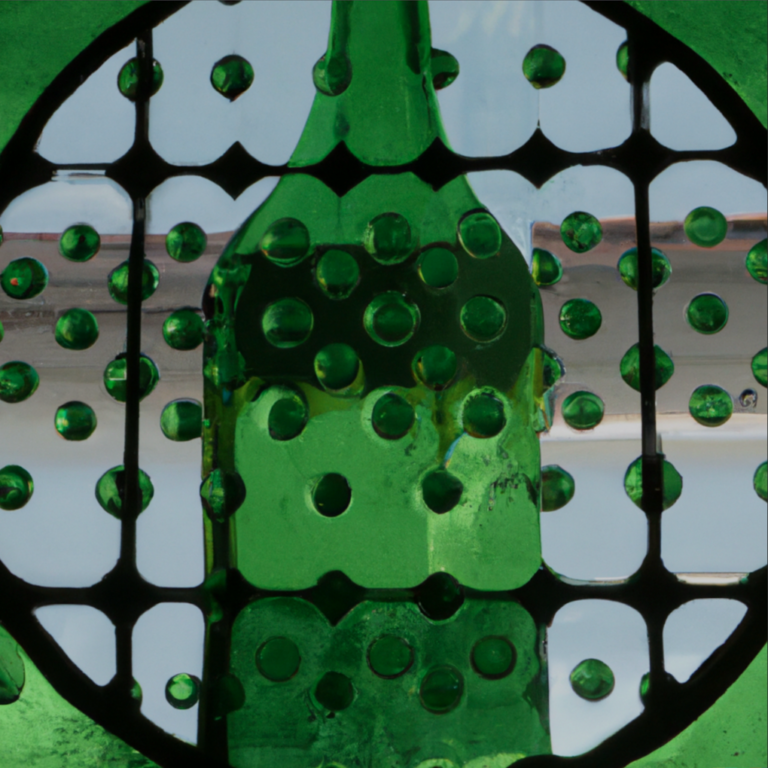
The Wine Friend is a figure of great importance in the life of a wine drinker. They can take the form a kind benefactor, perhaps older, perhaps wiser, one whose personal cellar heaves with decades of collected knowledge and interest, and whose guileless goal is to share these experiences with others as a form of vinous karmic pleasure. I count myself as lucky to have a few such friends, which is how I found myself — on one of those chilly, foggy autumn San Francisco evenings — drinking a very smart coterie of wines among a small group of pals,…...
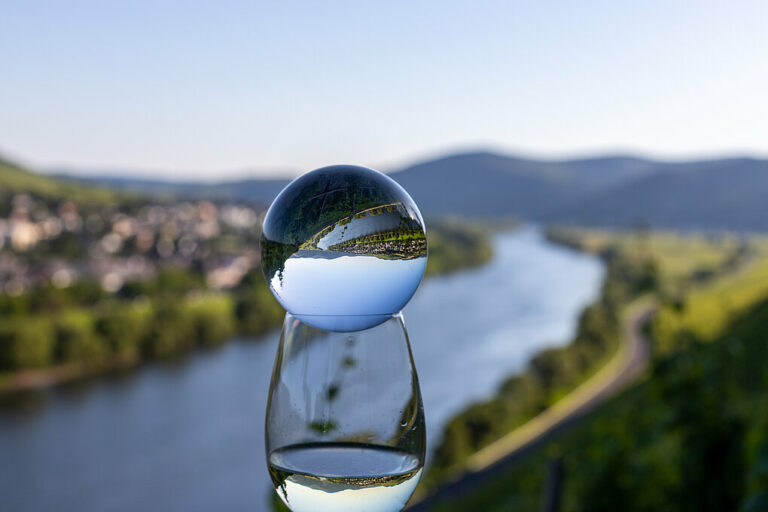
Trink Magazine | Valerie Kathawala hazards forecasts for the future of wines from Alto Adige-Südtirol, Austria, Germany, and German-speaking Switzerland.
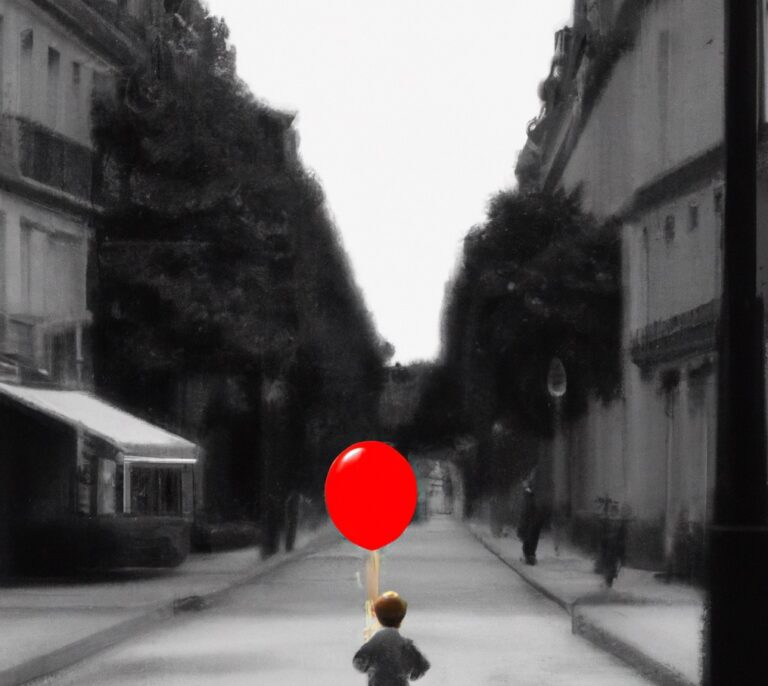
Trink Magazine | Austria's winegrowing region of Carnuntum has seemingly been there from the beginning with an identity forever in flux. Paula Redes Sidore explores how growers are redefining what regionality means, together.

March 25, 2024 Update: Schmetterling has closed. It’s owners hope to reopen in the future. Are there parallels between German and Austrian wines, small-scale farming, and the queer community? If so, the most essential may be a shared need for safe space. Schmetterling, a queer-forward natural wine and vinyl shop that opened this summer in rural Vermont, aims to offer just that. By prioritizing the needs of communities at — admittedly starkly unequal — risk, owners Danielle Pattavina and Erika Dunyak have created an unlikely outpost for low-intervention German, Austrian, and other Alpine wines. The shop is both an incubator…...
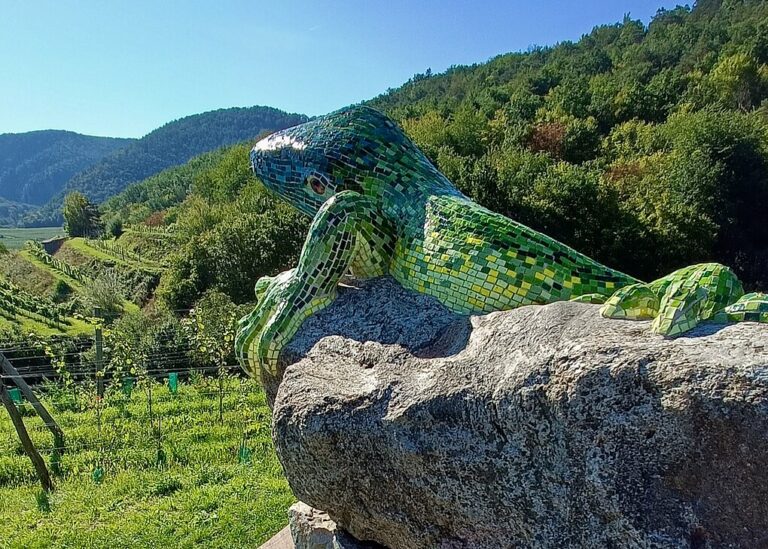
In an age defined by climate emergency, can winegrowers in Austria's warming Wachau react and adapt fast enough to maintain the region's historic pole position?
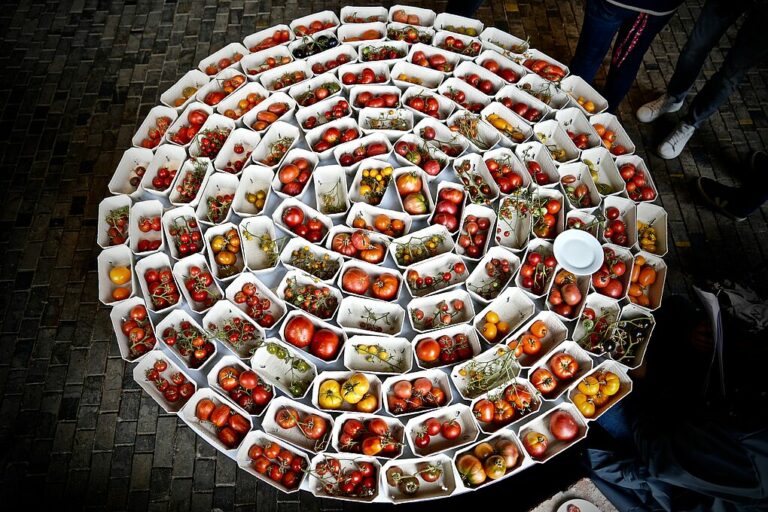
Calling from the expansive, flat landscape that forms the western edge of the Pannonian Puszta steppe flatlands, Erich Stekovics is a lone voice in the tomato world. Where others seek high yield and hardy reliability, Stekovics makes the case for flavor and site. He and his wife Priska belong to the tiny share of Austrian farmers cultivating tomatoes without the cover of glass or foil, and without irrigation. At the eponymous estate in Frauenkirchen, the pair cultivate and safeguard several thousand varieties in the open, and in addition to chili peppers, onions, and garlic, their fields are surrounded by vines…....
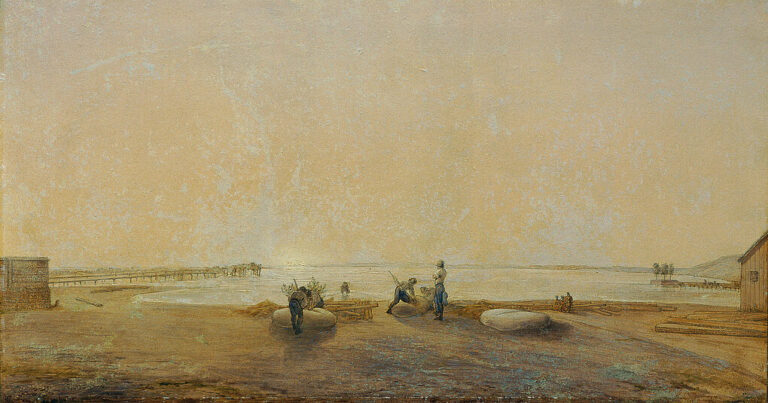
Under the onslaught of record-breaking drought, the Neusiedlersee is posing new conundrums for Austrian winegrowers. And this isn't the first time.
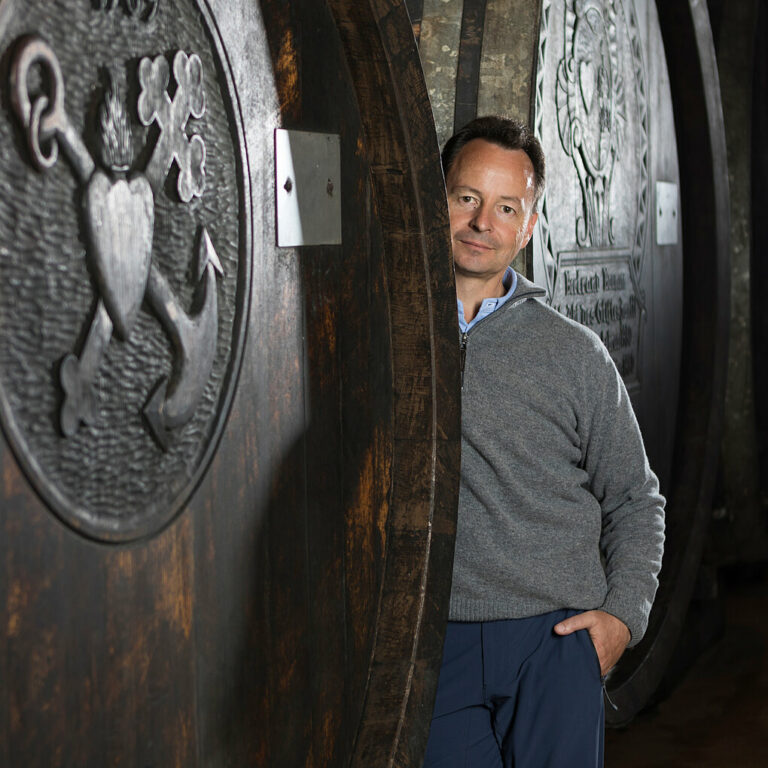
It’s hard to think of any one who has had greater influence over where Austrian wine is heading than Schloss Gobelsburg proprietor and Austria’s Traditionsweingüter (ÖTW) chairman Michael Moosbrugger. In part two of their conversation, David Schildknecht sounds out Moosbrugger on classification, appellation, and how music can illuminate wine. The following interview – translated and edited by the interviewer – was conducted in writing as well as orally in spring 2022. Occasional excerpts from earlier conversations and correspondence have been interpolated. Consolidation under topical headings as well as the insertion of punctuation were at the interviewer’s discretion in an effort…...